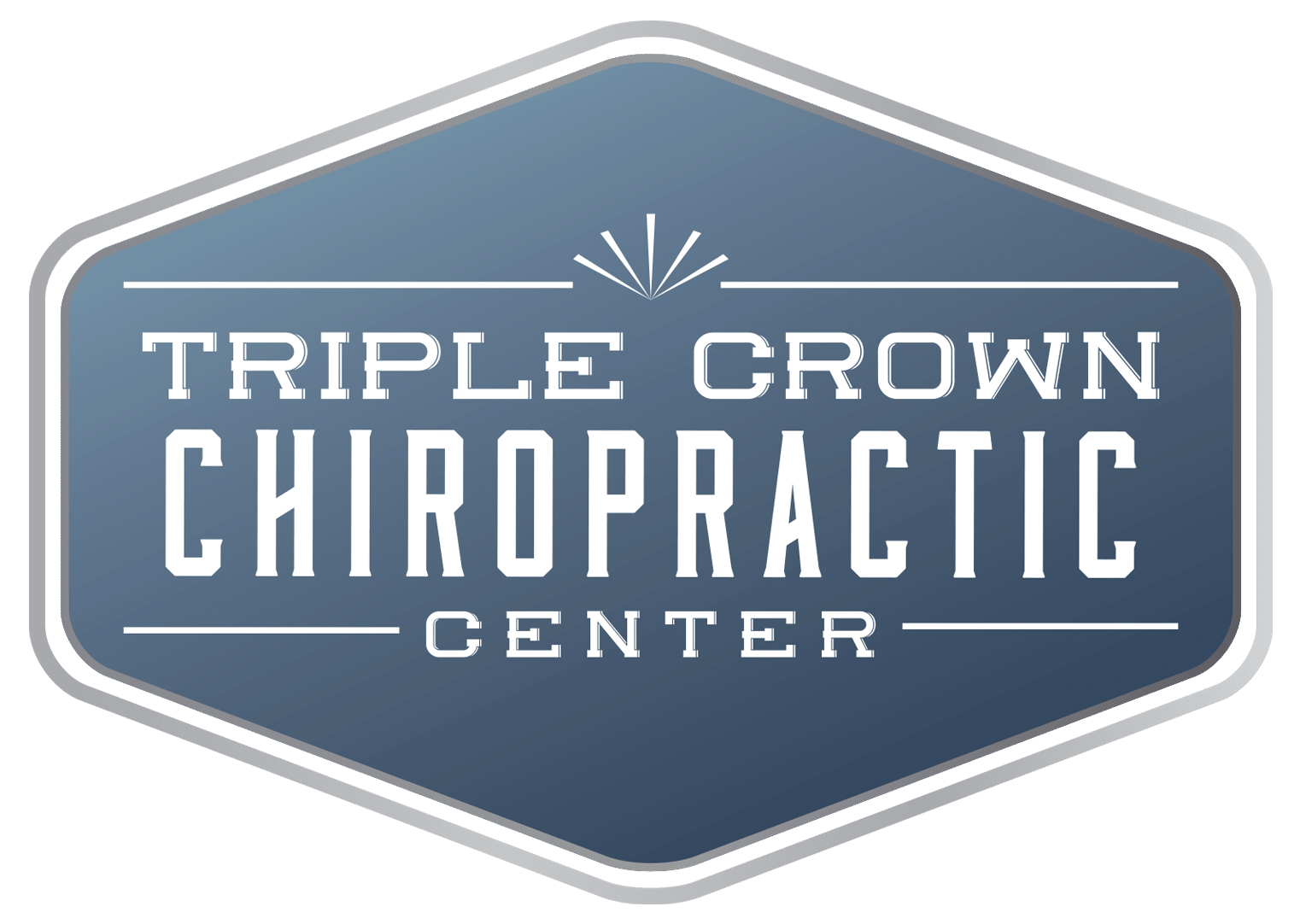Frozen shoulder is a painful condition that prevents your shoulder from moving through its full range of motion. Pain and inflammation limit movement, resulting in stiffness, which in turn produces more incredible pain when you try to move, trapping you in a vicious cycle. Because complete healing might take months or years, you must get the correct treatment to get your shoulder mobile again as soon as possible.
What Causes Frozen Shoulder?
Frozen shoulder is a condition that occurs when you lose the proper range of motion in your shoulder, and you’re unable to move it past a certain point.
As the name would suggest, a frozen shoulder usually occurs from an injury or condition aggravated by freezing temperatures or if the shoulder is left immobile for a long time. In many cases, the shoulder pain results from a tear or ligament injury
You can also get a frozen shoulder from a more transient situation, such as a sprained shoulder or a jammed shoulder. It can also happen if you have a frozen shoulder injury or if your shoulder becomes immobilized by a brace, sling, or cast.
Even if a cast or other device isn’t suppressing the shoulder, the shoulder joint still can stay stuck in a position from a shoulder sprain, arthritis, or another type of shoulder injury.
What Are the Symptoms of Having Frozen Shoulders?
Frozen shoulder can cause several different symptoms. It’s important to know that the severity of these symptoms doesn’t necessarily indicate the seriousness of your frozen shoulder.
In general, a frozen shoulder can cause pain and stiffness that stops you from raising your arm more than 90 degrees. Many people can’t raise their arms above their heads. One of the most common symptoms of a frozen shoulder is tightness. You might have pain or a burning sensation in your shoulder. It also might cause aching and stiffness in the shoulder and upper back.
You may also have a hard time turning or rotating your shoulder. Frozen shoulder may make you feel like you’re wearing a cast.
What Is the Treatment for Rozen Shoulders?
The treatment for frozen shoulder can be divided into two phases:
1. Immobilization Phase
The first phase is the immobilization phase. It’s essential to have at least six to eight weeks of immobilization as this is critical to giving the joint a chance to mobilize.
Wait for at least six to eight weeks after any injury. The important thing is to keep your shoulder from moving during this time.
To do this, wear a sling if you have a frozen shoulder injury. If you don’t have a frozen shoulder injury but your shoulder is immobile, you need to be cautious about performing specific movements. Avoid making elbow drops or overhead presses, and stay away from any excessive overhead motion.
2. Mobilization Phase
The second phase is the mobilization phase. This phase begins with the end of the immobilization phase and continues for three to six months.
If you have any shoulder pain, your doctor will prescribe anti-inflammatory medications to help you through this period.
Next, you’ll try to get some passive motion in your shoulder by doing what’s called “pumping.”
By moving your arm up and down ten times every two hours, you’ll get the joint moving. You’ll also want to try other types of active motion. This will bring your shoulder back to a dynamic setting.
Conclusion
As you can see, a frozen shoulder can be a complex condition to treat. However, with the correct evaluation and treatment, you’ll find that you can bring your shoulder back to normal.
The best way to get started is to visit a doctor who can help you decide which treatment is best for you. If you are looking for the best chiropractic clinic in Walton, book a visit to our team at Triple Crown Chiropractic.
